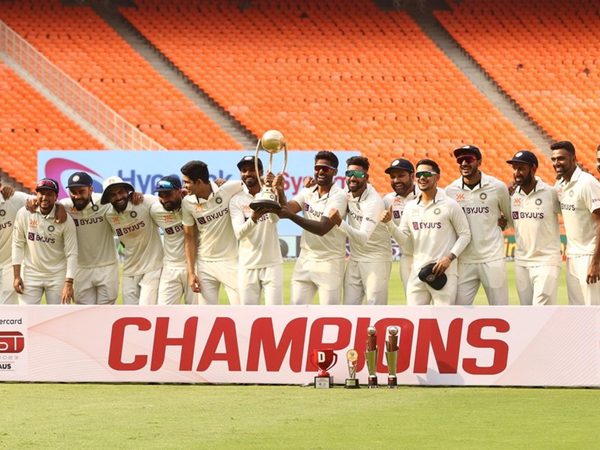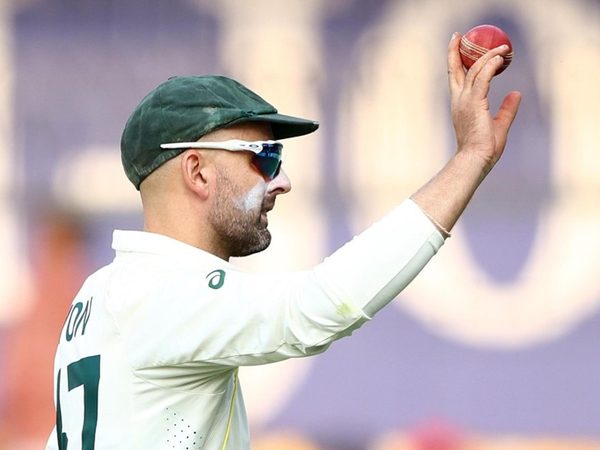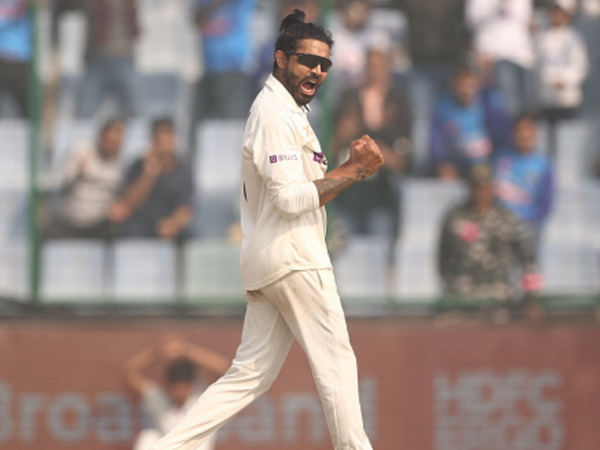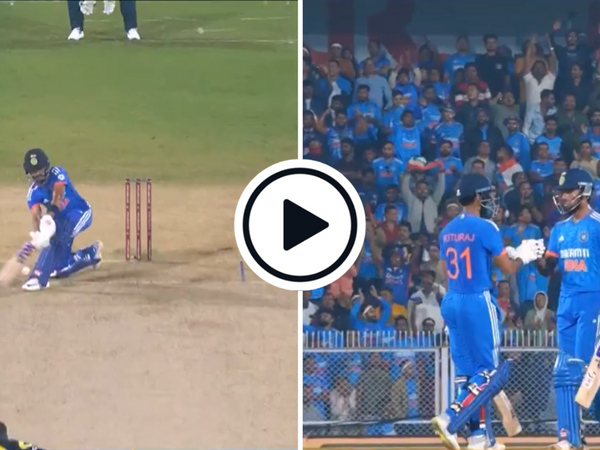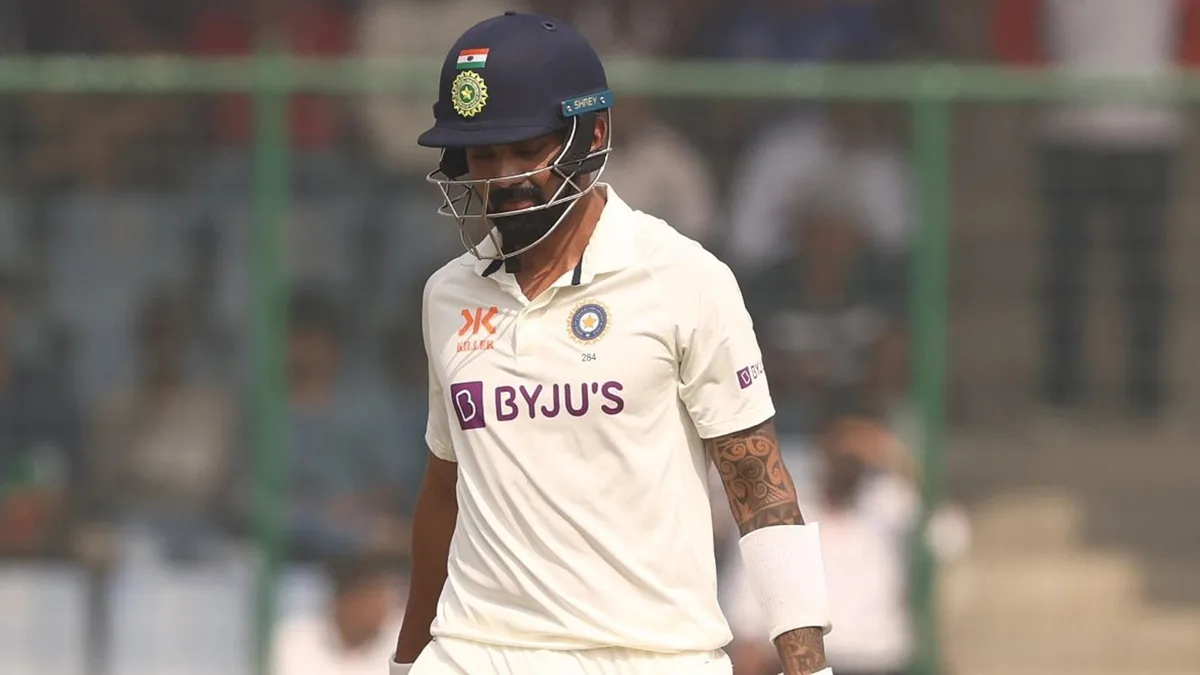
KL Rahul has the Indian team management’s backing, but given his current form, time is running out for him fast.
The Indian team management’s decision to back Rahul despite his patchy form has raised eyebrows. Critics of the decision include Venkatesh Prasad, also from Karnataka. Prasad found support in former teammate Dodda Ganesh.
Yet, the Indian selectors retained Rahul for the third and fourth Test matches against Australia. While there was no official news on his status as the Indian vice-captain, the BCCI release did not mention a deputy for Rohit Sharma. While it is not clear what one should make of that, it is perhaps time to assess Rahul’s run in the Test side.
An unusual career
Let there be no mistake: Rahul is no ordinary batter – and it is not about aesthetics alone. He remains, to this date, the only Indian opener to have scored Test hundreds in Australia, England, and South Africa, and has never played in New Zealand.
For a fanbase obsessed with performances in ‘SENA’ countries – perhaps justifiably, for it is indeed the toughest assignment for an opening batter from the subcontinent – that is no mean feat.
Yet, there has been little more than the hundreds. In Australia, for example, he made 110 in 2014/15. In his eight other Test innings in the country, he has reached double figures only once.
Similarly, in South Africa, Rahul got 123 in 2021/22 and followed it with 50 two innings later – but has not reached 25 in any of his other eight innings.
Three of his finest innings – 149 at The Oval in 2018, 84 at Trent Bridge and 129 at Lord’s in 2021 – came in England, but there has been no other fifty in the country.
Rahul averages 20.77 in Australia, 25.60 in South Africa, 34.11 in England. His combined average of 28.56 in ‘SENA’ countries is the third-worst among all batters from the subcontinent with a 1,000-run cut-off in the 21st century.
Rahul Dravid’s post-match statement (“he’s got hundreds in South Africa and England, we’ll continue to back him”), thus, strikes at odd: while KL Rahul’s four hundreds in 37 ‘SENA’ innings does look impressive, his 27 sub-30 scores do not.
Dravid, however, is not the only member of the team management keen to back Rahul. Rohit weighed in at the post-match press conference: “If you look at a couple of hundreds he got outside India, one of the best I’ve seen from KL, especially at Lord’s, you know, batting on that damp pitch losing the toss and being put in, playing in England is never easy, and he put in a great performance there, and Centurion was another one. Both came in India winning both games.
“So, again, that’s the potential he has, obviously, of late there have been a lot of talks but from us, it was clear from our side, that we want him to go out and just play his game and do what he can do the best that we’ve seen him do over the years.”
In other words, India are willing to accommodate Rahul’s lack of consistency and wait for his ‘extreme’ performances, which have been admittedly special.
That template had been laid since the early days of Rahul’s Test career, which took off in a typical Rahulesque run of 3, 1, 110, 16, 7, 5, 108, 2, 2, 2, 158, all of them in overseas matches. Looked in isolation, the mean (37.63) does not tell the entire story, for his median score was 5. Rahul was capable of outstanding things, but there were failures too. And over time, the failures became more frequent.
Of the many reasons why both Dravid and Rohit put emphasis on Rahul’s overseas hundreds was the fact that Rahul has played only 16 Test matches at home. Nine of them were during his peak, in 2016/17, when he amassed 708 runs at 50.57. Even here, true to his track record, he reached 40 only once in his first eight innings – but that was a 199.
He finally found consistency in the Australia series, where India clawed back from a 0-1 defeat to clinch the series 2-1. Rahul made six fifties in seven innings. Even in the first innings of the difficult Pune pitch, he made 64 out of India’s 105. The only time he missed out was when batting was the most difficult – the fourth innings of the same Pune Test match.
That series perhaps played a key role in India backing Rahul for the current series in Australia. He also had a very good 2021 (461 runs at 46.10), but none of the attacks or pitches in England or South Africa bore resemblance to the ones he is encountering in the ongoing series.
Even then, it came as a relief after he had an ordinary run between 2018 and 2020, when he averaged 22.23 across 27 innings. Over a quarter of his runs came in one of his 27 innings – again, as Rahul as it gets.
Unfortunately, inconsistency caught up with Rahul again, and this time there has been no big innings to boost that average. He has simply not got the runs. Since the start of 2022, has has batted 11 times in Test cricket. His only score in excess of 25 has not been the usual delightful hundred but an innings of exactly 50, and he averages 15.90.
Ordinary numbers in the two other formats – 361 ODI runs (average 32.81, strike rate 80), 434 T20I runs (strike rate 127) – has led to a persistent outcry among Indian fans, demanding his axing from the side. While it is not prudent to judge a Test cricketer based on shorter formats, was that not the reason why Suryakumar Yadav was backed for the Test squad in the first place?
What has perhaps helped Rahul buy some time is Shubman Gill’s career record. A generational talent without doubt, Gill had broken through to the Indian side with 259 runs at 51.80 in his debut series, against Australia – but that was in Australia (but then, is the team not backing Rahul for his runs outside India as well?).
A superb strokeplayer, especially when the ball comes on to the bat, Gill has struggled in his six Test matches at home – all of them against England or New Zealand – amassing 263 runs at 26.30. The numbers are not great.
At the same time, he has ridiculous numbers in shorter formats this year – 567 ODI runs (average 113.40, strike rate 126), 202 T20I runs (strike rate 166) – entirely on home soil.
In the end, thus it comes down to one question. How long will the Indian team management continue to overlook Rahul’s inconsistency and poor form as they wait for that one special innings that, to be fair, has almost always been truly special?
Some team managements have been harsher. The Indian selectors have themselves been harsher on some of Rahul’s compatriots. Perhaps their patience will pay off at some point.

